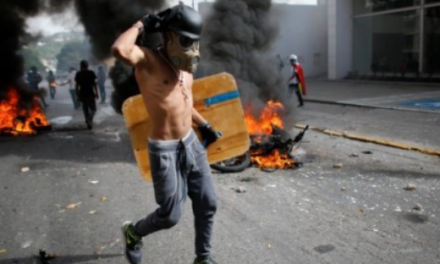In this Spanish language interview José Domingo Mújica of the Red de Observación Electoral (Electoral Observation Network) of NGO Asamblea de Educación explains the characteristics of the quick count they will be carrying out during Sunday’s presidential elections. The most important points are that they will have 571 observers in the field assigned to randomly-selected voting centers. With this sample size they will have a margin of error of plus or minus 2%. This means that they can confirm an electoral result if the difference between the two candidates is 4% or more. If it is not, then for the purposes of their quick count, the election will be a toss-up. He also gives us the latest on the serious issue of the party Unidad Democrática which withdrew its support for Henrique Capriles and put its support behind a third candidate named Reina Sequera (see summary on Bloggings by Boz). The problem is that the ballot option for Unidad Democrática still has Capriles face on it. What is more: it is the first box for Capriles when read from left to right, and the name of the party “Unidad Democratica” is suspiciously similar to the name of the opposition coalition “Mesa de la Unidad Democratica.” Mujica says that the head of each electoral table is under the obligation to tell each elector that the votes for this party (as well as the other three) will not go to Capriles. It will be up to the opposition witnesses to make sure this happens. [Note to journalists: please feel free to quote any of the video interviews on this blog.]
José Domingo Mújica of Asamblea de Educación Regarding Quick Count.1 min read
(Source: https://www.youtube.com/)



